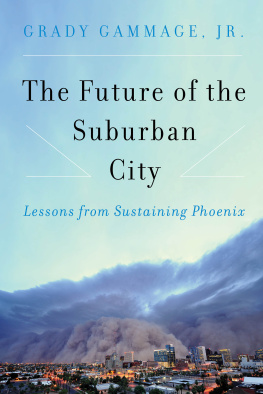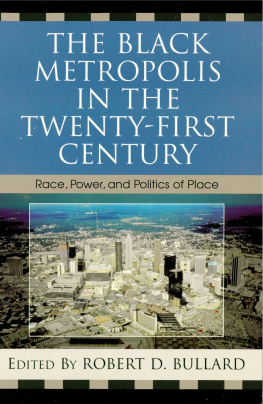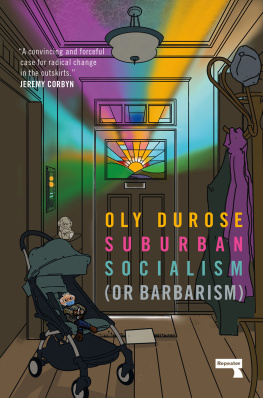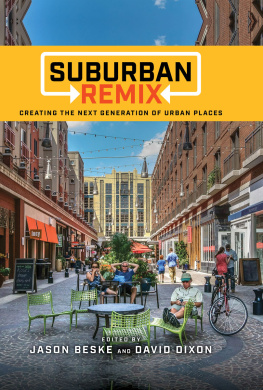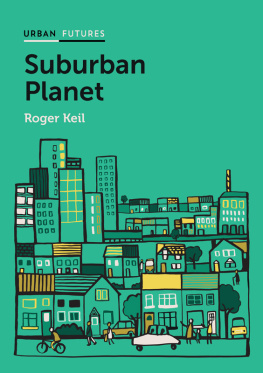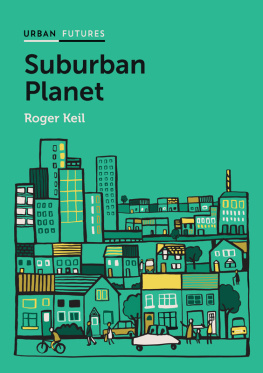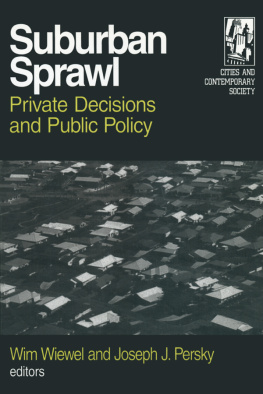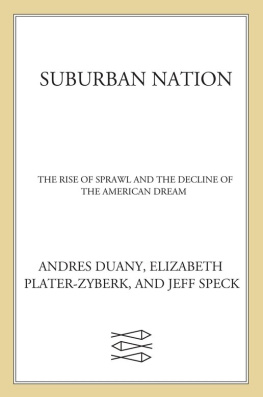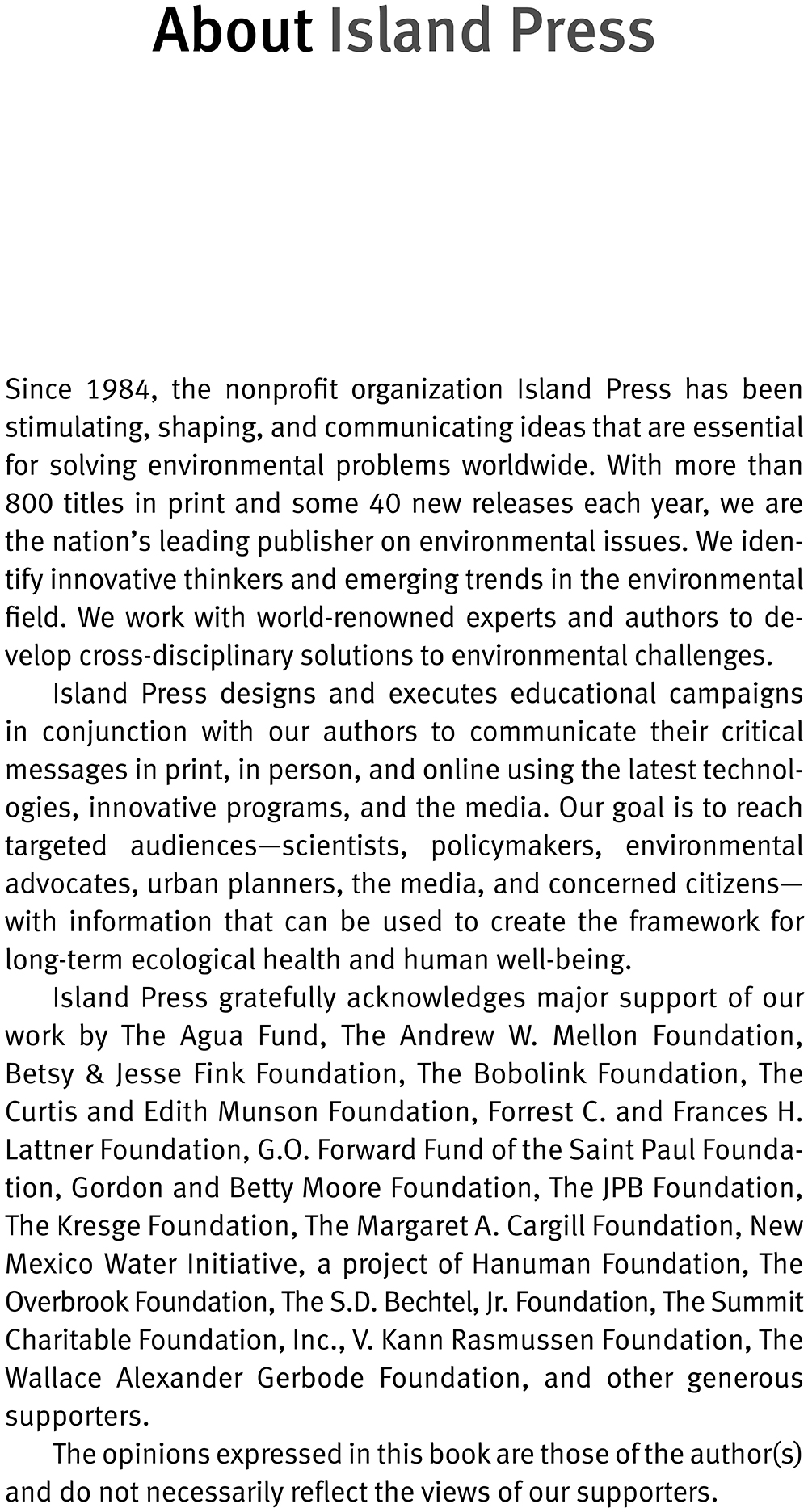This book grew out of a conversation with Rob Melnick from the Global Institute of Sustainability (GIOS) at Arizona State University (ASU). I told Rob that I was thinking of redoing Phoenix in Perspective, which I had written in the late 1990s, and he suggested that I focus on the broader question of the sustainability of places like Phoenix. Our colleague Ann Kinzig introduced me to Island Press as a potential publisher. GIOS provided financial support for a major chunk of my time to work on this project and also gave me a terrific graduate research assistant, Van Patterson, during the spring of 2015. Van pulled together a host of efforts to rate, rank, and quantify sustainability, set up a series of interviews, and was a great sounding board. At Island Press, Heather Boyer was a perfect editorconstructive, quick, and engaging.
The Morrison Institute for Public Policy at ASU was generous in understanding my limited ability to work on other projects there while this one was under way. Dan Hunting, Sapna Gupta, Andrea Whitsett, Sarah Porter, and all of the staff there were helpful in finding information on a wide variety of subjects. Many of the Morrison Institute reports from the past decade found their way into the book.
The attorneys and staff at Gammage and Burnham were generous in understanding my reduction in billable hours while this work was under way. My legal assistant, Terri McEuen, did all of the typing and a fair amount of fact-checking, and she was of invaluable assistance throughout the process.
Finally, I must thank my wife, Karen, for her patience as I hyperventilated about this project and for her unending capacity to hold my life together.
Prologue: Getting through the Haboob
Ahwatukee is a suburb of a suburban city. Nestled against the back side of South Mountain, it is now part of the City of Phoenix, annexed in the late 1970s after a skirmish with Tempe. It was developed as a low-amenity, early-generation master-planned community. Ten miles from Tempe and fifteen from downtown Phoenix, it seemed far out when it was first built and so was initially marketed to retirees. The first houses that were built there are deed-restricted to people over 50 and were initially priced from the $50s.
Today, Ahwatukee is a quintessential slice of suburban America. It has a broad variety of single-family homes, not very many jobs, an increasing number of apartments, a few decent restaurants, and a bunch of empty big-box stores. The schools are decent but underfunded, and the parks are crowded with sports teams but few trees. Ahwatukee is where I live.
My wife, Karen, and I built a custom house there in the 1980s and raised our kids; now were empty nesters. My swimming pool doesnt get much use, but filling it in would disrupt the aesthetic of the backyard. I struggle to keep a small patch of grass green. The trend is to put in artificial turf, but its shockingly expensive and still looks tacky, even when it includes fake thatch. I havent installed solar panels yet; they would look out of place sticking above the parapets on my low, Santa Festyle house.
My backyard looks south of the City toward the Gila River Indian Community and the farmlands of Pinal County. We can see the monsoon storms that swell up from the south in the summertime. On this particular evening, Karen and I stood out there, hoping for rain. The temperature was still about 106 degrees. A massive wall of dust was coming up from the south, thousands of feet high. It looked like the wrath of God.
When I was a kid, we called them dust storms, and we would put on swim masks to go outside and run around when the dust was thickest. Now the TV weather people delight in the term haboob, partly because its fun to say and partly, I suspect, because it sounds vaguely terrorist-inspired. Team coverage from all the local stations will deploy to film the haboob with their hyperbolic style, suggesting that the apocalypse is nigh.
To live in a city named after a bird that periodically immolates itself is to invite scrutiny. Phoenix is self-evidently a brand of improbability, fragility, impermanence. The city sits marooned in the desert, impossibly dry, dangerously hot, and presumptively unsustainable. It was named Phoenix because it sits atop the ruins of the Hohokam civilization that represented a several-hundred-year-long adaptation to desert life based on growing crops with water from the Salt River. At their height, the Hohokam settlements included dense urban villages, sports venues, and even multi-story condos like Casa Grande. Their civilization sounds eerily familiar.
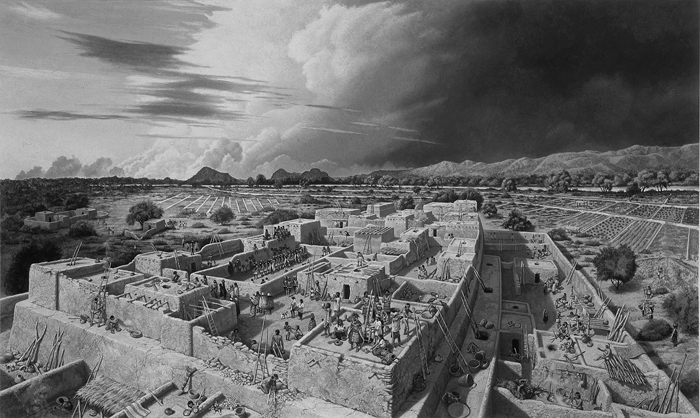
Figure 0.1. Pueblo Grande was the original Hohokam settlement on the bank of the Salt River. It is now a City of Phoenix park, located next to the airport. (Source: Pueblo Grande Museum, City of Phoenix)
For generations, modern Arizonans wondered what happened to the Hohokam and why their archeological records vanished sometime around 1450. In 2008, a team of scholars concluded that the population decline wasnt nearly as sudden as had previously been thought. Rather, over a period of about 150 years the population shrank as the result of a long-term drought, stressing crop yields and increasing social tension. High-density nodes formed around the best-irrigated areas. In between those nodes, canal maintenance began to suffer. People started leaving, and those who were left assimilated into smaller, lower-density and less distinctive cultures.
At their height, the Hohokam population was about 40,000. Metro Phoenix today is just over 4 million. As I watched the haboob approach, it was hard not to think about the Hohokam. With the dust getting closer, I headed back inside to my filtered, sealed, and air-conditioned home. The sky grew darker, the dust descended, and we watched it roll through.
The haboob lasted about forty-five minutes, and the biggest consequence was that my pool got really, really dirty.
Copyright 2016 Grady Gammage Jr.
All rights reserved under International and Pan-American Copyright Conventions. No part of this book may be reproduced in any form or by any means without permission in writing from the publisher: Island Press, 2000 M Street, NW, Suite 650, Washington, DC 20036
Island Press is a trademark of The Center for Resource Economics.
Keywords: Air conditioning, air quality, annexation, climate change, global warming, haboob, Hohokam, light rail, residential density, single-family home, suburban city, suburban sprawl, sustainability, shopping center, solar energy, Sun Corridor, Sunbelt cities, urban heat island, urban resilience, transportation, water management
Library of Congress Control Number: 2015953755
Printed on recycled, acid-free paper
Manufactured in the United States of America
10 9 8 7 6 5 4 3 2 1
Chapter 1
Suburbs, Sprawl, and Sustainability
Cities are living organisms. They grow, flourish, wither, and sometimes die. Throughout history, once-robust cities have reached points of economic obsolescence and have declined. Some vanish altogether, like Babylon and Ur. Others, like Venice, become essentially museums of themselves. Some survive, but shrink dramaticallylike Detroit or St. Louis.

